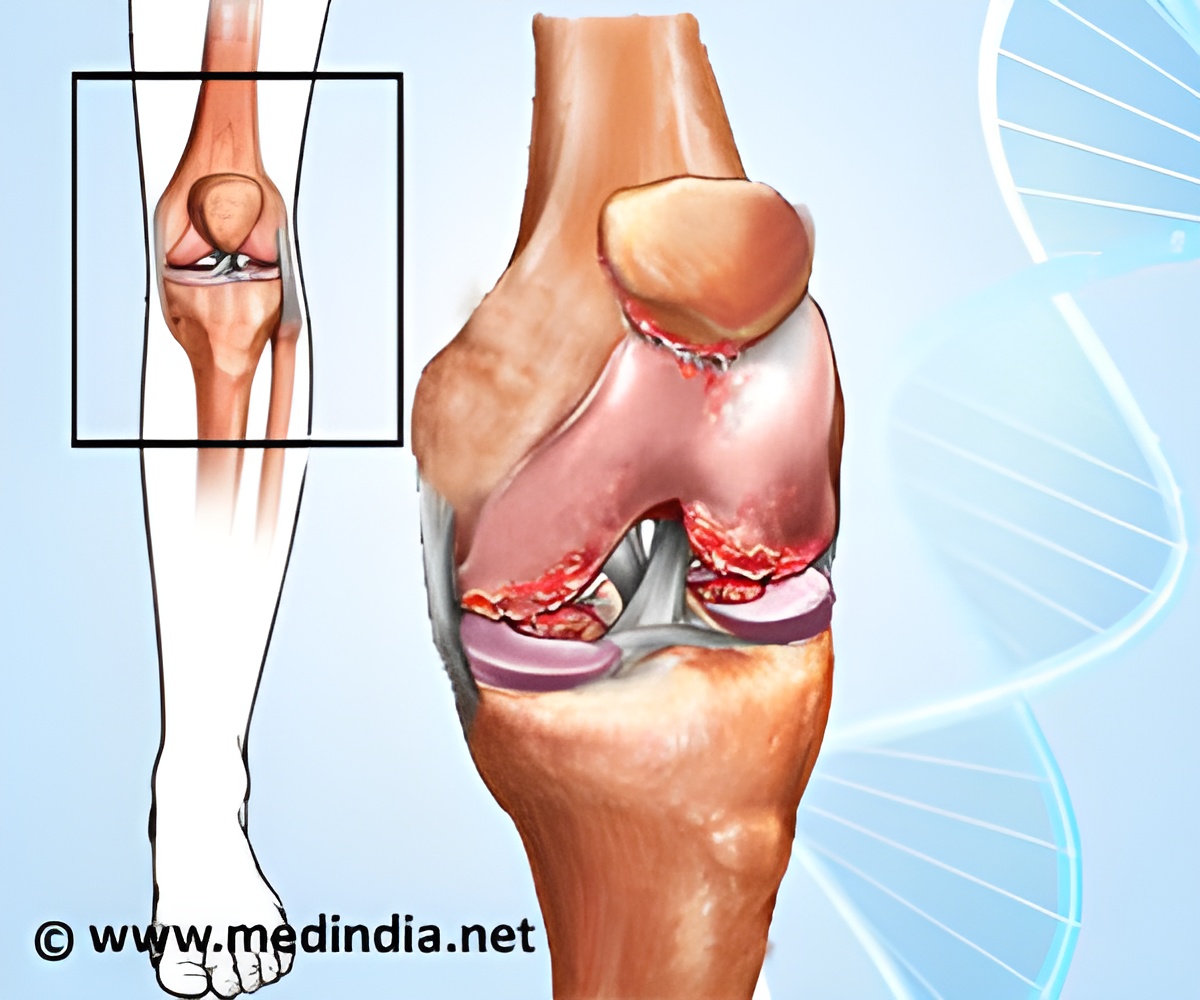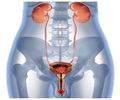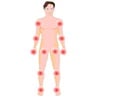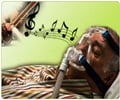Researchers studying the effects of an internet-based physical activity intervention in RA patients presented the findings of their study at the EULAR 2013.

RA is a chronic autoimmune disease characterised by inflammation of the joints and tendons. Affecting 1 in 100 people worldwide, it causes pain, stiffness, joint destruction and deformity, and reduces life expectancy and physical function. Exercise training reverses loss of muscle mass (rheumatoid cachexia), substantially improves function and strength, and reduces cardiovascular risk and weight – all without exacerbating disease activity or joint damage.2
"Despite growing evidence for the benefits of physical activity in RA, the majority of patients do not exercise sufficiently," said Mrs Åsa Revenäs of the Department of Neurobiology, Health Care Sciences and Society, Karolinska Institutet, Sweden. "Our assumption is that developing intervention strategies based on health behaviour change theories, making them available over the internet and involving users in the design process may facilitate the adoption and maintenance of PA behaviour."
As well as identifying the categories crucial for starting and maintaining an exercise programme, the patient focus groups also highlighted functionalities the internet service would require for success: up-to-date and evidence-based information and instructions, self-regulation tools, social interaction and personalised set-up. Attractive design and content as well as ease of access were also pivotal.
"By developing an internet- service supporting PA based on patients' experiences and knowledge, we improve the likelihood of it being fit for the needs of users. In turn, this will encourage successful implementation and inspire RA patients to include PA as part of routine care." Mrs Revenäs concluded.
Six focus groups were performed with a strategic sample of 26 individuals with RA. A semi-structured interview guide was used to address two overall questions; requirements for the adoption and maintenance of PA and content necessary for an internet service supporting PA. Patient experiences and innovations were captured and analysed.
Advertisement
Source-Eurekalert















